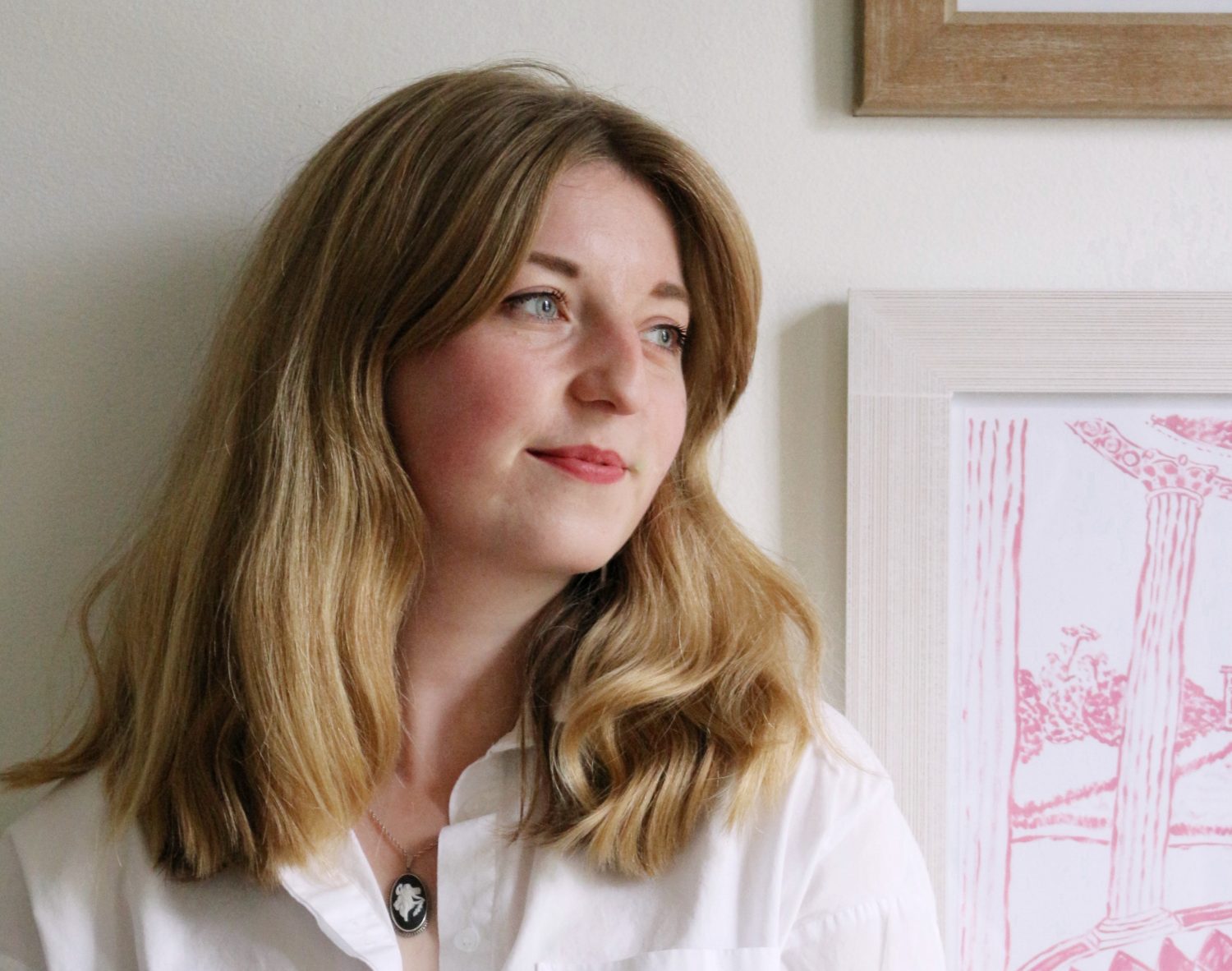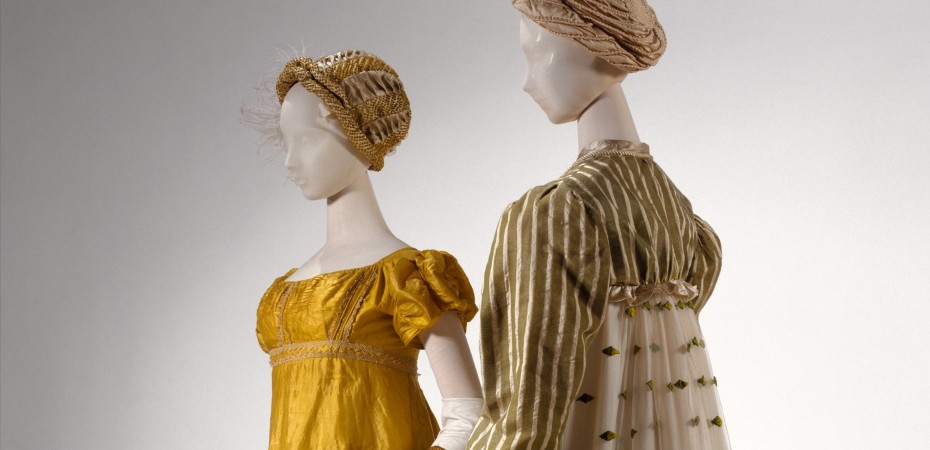It is difficult not to get swept up in the beautifully made world of Shondaland and Netflix’s Bridgerton, which has just returned for its second season, and is based on the books by Julia Quinn. The storylines are all-encompassing, the sets candy-coloured confections and, perhaps most of all, the costumes are slightly awe-inspiring.
Set in the Regency period in England (roughly 1811-1820, so-called because the Prince Regent ruled in the stead of his father, King George III, who suffered a final relapse of mental illness in 1810), the Bridgerton costumes play with historical fashion and detail as an important part of the drama and storytelling.
So, are the outfits in Bridgerton accurate? And what are the Bridgerton fashion inspirations?
Pushing period to the max
I don’t think it will surprise you when I say that debutantes dancing in balls of the London seasons in the 1810s were not decked out quite as extravagantly as the Bridgertons, Featheringtons or the Sharmas.
Before I discuss why, and what hallmarks of the Regency time period fashions are celebrated in the show, I should say I don’t think it needs to be 100% accurate – I think it’s interesting to think about why it isn’t, or what decisions were made.
As my lovely friend Dr Emma Butcher said in a recent Cosmopolitan article, “Period dramas are dreamscapes, not documentaries” – and this was something I recently talked with other researchers about on this podcast. Bridgerton set designer Will Hughes-Jones said of their work that really, Bridgerton is pushing “period” to the max, again reiterating that it is a pastiche of references, not a documentary.
I think this is also interesting to think about in terms of the fact Bridgerton is not adapted from a real event in history, or a novel written during the Regency, but a modern series of Regency romance novels. Yet, the attention to historical detail is also there in so many shapes and forms throughout the whole production, excellently consulted from historical adviser Dr Hannah Greig.
Costume designer Ellen Mirojnick, whose work I find absolutely incredible, said that the costume design team stuck to the silhouettes of the period the show is set in, but expanded this world to be more luxurious, with a modern colour palette that also tells us a lot about each character involved.

They decided that, for the Bridgerton costumes, there would be no bonnets nor muslin, which were hallmarks of British Regency fashion. Instead, they went for beautiful layered fabrics and embellishments and elaborate hair accessories instead, and drew inspiration from the V&A’s Christian Dior exhibition and 1960s fashion amongst many other things.
(Also, if you’ve seen that picture of Anthony Bridgerton climbing out of a lake, you’ll see that they’ve taken a lot of inspiration from other famous period drama productions.)
The real Regency fashion
The dominant silhouette for female fashion during the Regency period was that of the Empire line dress. This was designed to focus on the chest rather than the waist, offering a reprieve from the corset: instead of tightening the waist, it was all about lifting the breasts to the highest heights possible.

It’s by baron François Gérard, and is a portrait of Madame Charles Maurice de Talleyrand Périgord, c.1804. (Open access Met Museum, 2002.31).
The Empire line design represented a change in fashion following the French Revolution: for most of the eighteenth century, fashion was about excess. The democratic ideals of the Revolution found their way into fashion, as well as a keenness to follow the ideals of Greece and Rome. High waistlines and short sleeves were the order of the day, with low cut and wide necklines, and later, those gorgeous puff sleeves we see so much in period drama costumes.
Fabrics initially focussed on muslin (who could forget Henry Tilney charming Catherine Morland with his knowledge of the fabric in Northanger Abbey?), which then gave way to cottons.
So, although we wouldn’t have perhaps seen the beautiful shimmering fabrics that grace our screens in Bridgerton, as the 1810s progressed, silks did come into play again, as did trims and colour, and even netting worn over satin slips, and lace on hems.
A love of history and the evolution into the Romantic period also meant that the fashion-conscious were very interested in details that recalled the Middle Ages and Renaissance. I’ve definitely noticed Lady Danbury sporting a beautiful lace ruff collar on Bridgerton.
I should note, as well, that the choice to put Queen Charlotte in the huge hooped skirts and elaborate wigs is a historically accurate one: she famously continued to dress like this, stuck in the eighteenth century, even though fashions changed.
Empire lines and Empress Joséphine
The star, perhaps, of Regency fashion history was Joséphine de Bearharnais, the first wife of Napoleon Bonaparte, later Empress Joséphine. She loved fashion and had a humongous wardrobe that extended to hundreds of dresses, and was seen to have breathed new life into the French fashion industry after the revolution.

The Empire line was so named because of the first French Empire period in the early nineteenth century, even though the style was gaining traction earlier than this.
Regencycore and the legacy of Regency fashion history
Of course, because of the huge popularity of Regency period dramas like Bridgerton, Regency fashion has become a focus in our modern lives too. Apparently, I found out last week, it has a name: ‘Regencycore’.
Corsets, cameos, elaborate headbands, empire lines and puff sleeves, as well as beautiful silk and satin shoes (I’ll have a post for you on shoes very soon!), are becoming increasingly popular. I really can’t argue with this as they are all things I love and have filled my own wardrobe with – though I’d like to say my obsession pre-dates the fashion of Bridgerton, but definitely stems from all those Jane Austen adaptations I’ve spent my time watching!
Read more:
Dr Hilary Davidson’s book on Dress in the Age of Jane Austen is high on my wishlist – read an article adapting some of its contents here.
Dr Serena Dyer not only has a brilliant YouTube channel about Dressing History, but her recent article for The Conversation dispels many myths about corsetry associated not only with this period, but also with Bridgerton.
Watch a Fashion Institute of Design and Merchandising interview with Ellen Mirojnick here.
Read Harper Franklin’s 1810-1819 entry in the Fashion History Timeline here.





Having bingewatched the last four episodes of Bridgerton 2 last night I very much appreciated this post, thanks! I knew about ditching bonnets when the first series aired, but I appreciated the discussion here about materials and styles. Along with the colour-blind casting these costumes ‘inspired’ by Regency styles all help to give the adaptations the sense of an alternative history being lived.
I also enjoyed trying to spot locations, such as Bath’s Holborne Museum for Lady Danbury’s home where the Sharma family stay, which is a delightful repository of art and artefacts to visit in reality.
Thank you so much for reading and so glad it was timed just right! I think it’s so interesting how the costume designers interact with Regency fashion history, so I’m glad others do too!
Oh I need to get to Holborne Museum – I keep looking at it online and have never been!
So fascinating. Thank you!
Thank you so much for reading!
All JA dramas, and Bridgerton too – nostalgia for living there – and wondering, did they wax, did they endure Roman hair removal torture, or stick with puff sleeves ?
Would be wonderful to know this!!!